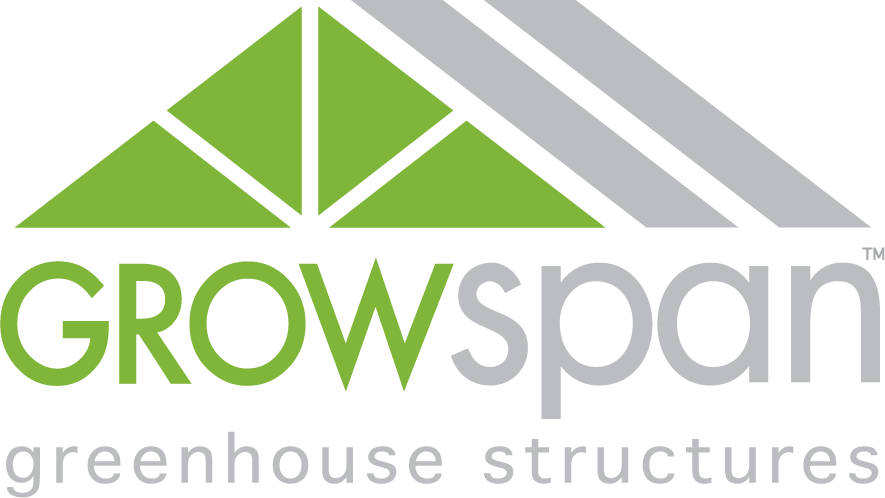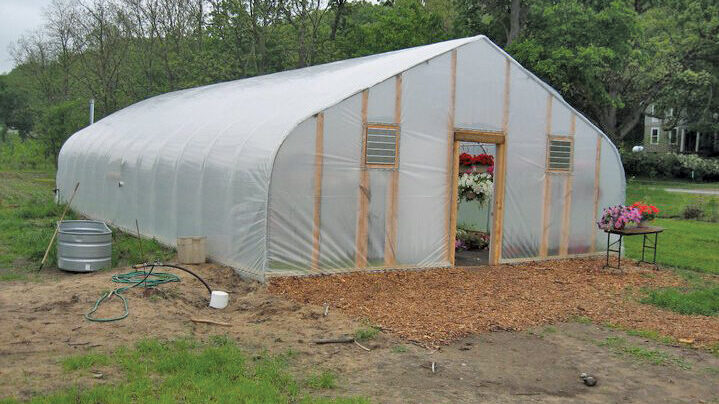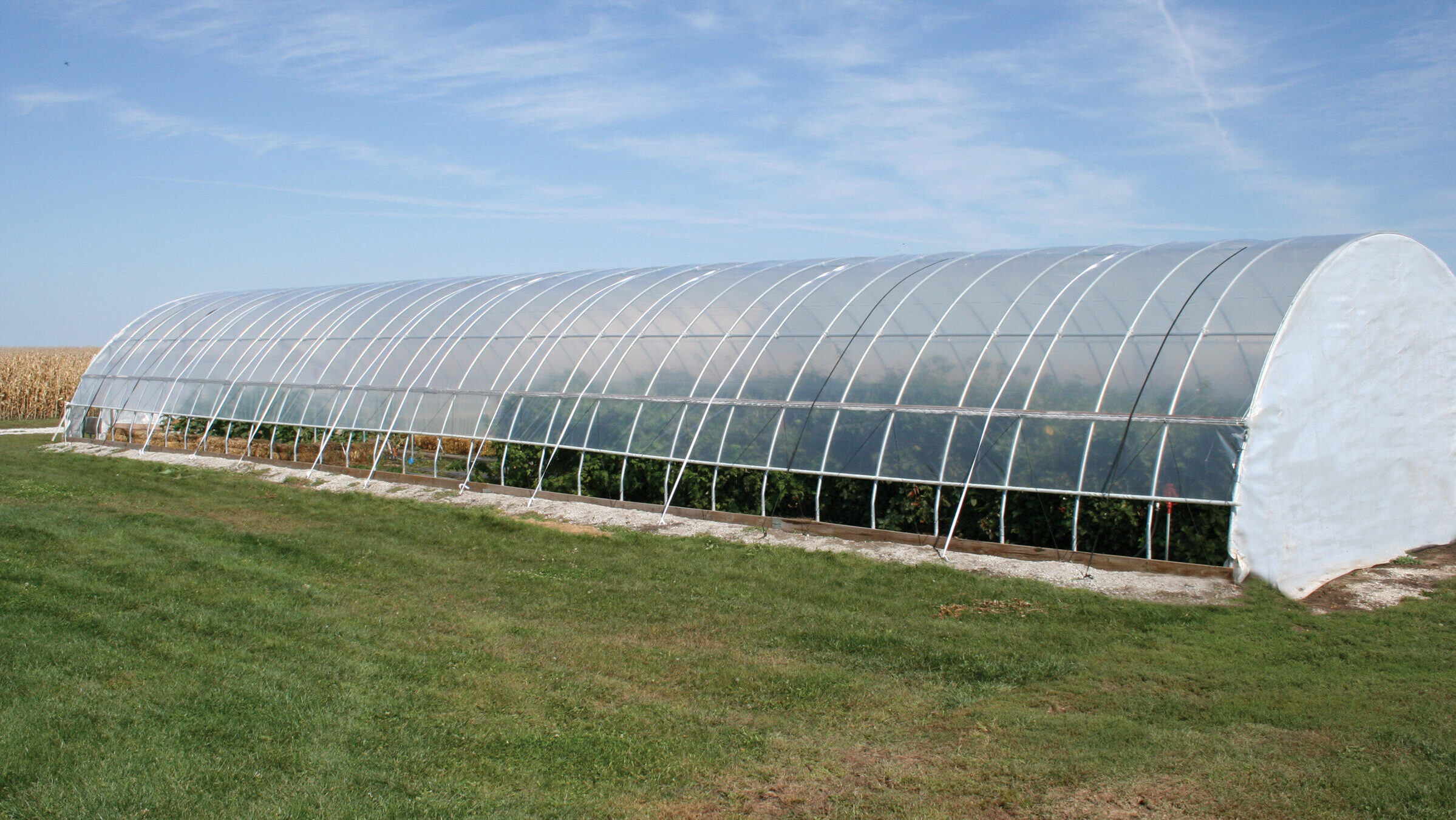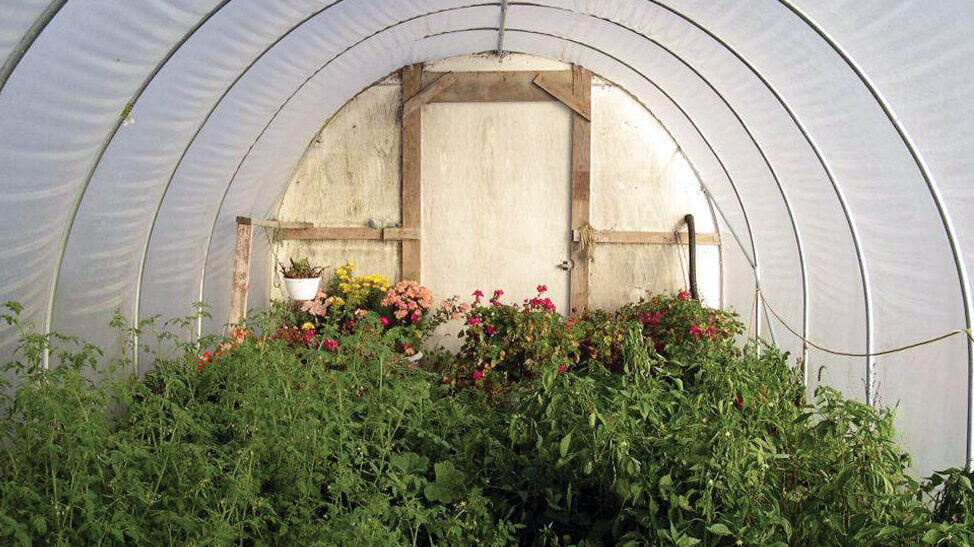A Guide For Cold Frame Production And Improving Outdoor Cultivation
Historically, outdoor operations have been subject to a number of challenges that come with being exposed to the elements. Whether it’s severe weather, pests and disease or seasonal limitations, these growers must consistently overcome various obstacles to achieve success.
However, advancements in technology and modern growing strategies have provided relief, so outdoor operations aren’t faced with the same problems year after year. As an effective middle-ground between indoor and outdoor production, one of the most notable growing tools is the cold frame.
A cold frame gives outdoor growers a quick, economic way to upgrade their operation. By implementing a cold frame, growers can begin producing crops earlier in the spring during cold weather, as well as gain an extra harvest later into fall. This cost-effective structure protects plants in lower temperatures and boosts growth in the warm days of summer, helping growers get more high-quality plants to market.
WHAT IS THE DIFFERENCE BETWEEN A COLD FRAME AND A GREENHOUSE?
There are a number of differences between a cold frame and a greenhouse, but the most significant is that a greenhouse is generally designed for year-round production. Large operations often employ greenhouses, so they can cultivate crops through every season, even during a particularly cold winter.
Cold frames help outdoor growers with season extension, allowing them to achieve additional harvests. They offer an inexpensive way of improving yield size and quality in a more natural setting, as opposed to the high degree of environmental influence greenhouse growers can achieve.
Crops are also primarily grown in the ground inside a cold frame. Greenhouses often have a floor, which leads operations to frequently use soilless growing systems, like Ebb and Flow or NFT Systems, for hydroponic production. Still, many greenhouse growers recognize the advantages of more traditional cultivation, so it’s not uncommon to see these operations growing potted plants using soil.
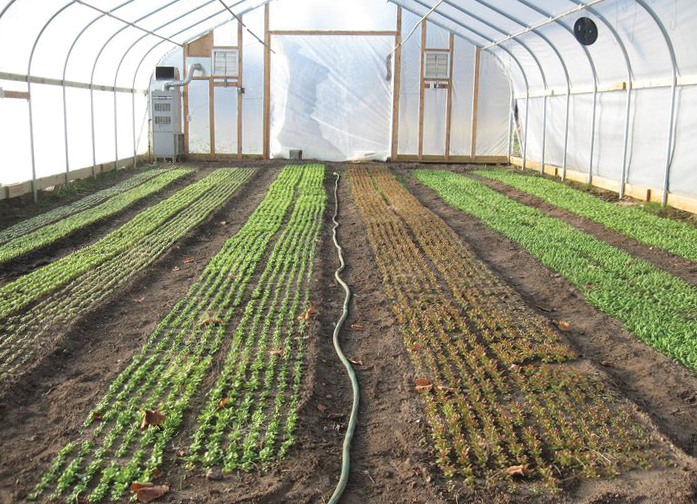
SIgn Up Now To Learn More
PROPERLY UTILIZING THE STRUCTURE
To take full advantage of a cold frame, growers need to make sure they install their structure in an ideal location, as well as know what to grow during each season. These structures use sunny days as heat sources, so growers will want to keep that in mind when placing a cold frame on their property.
A cold frame should be installed where there is the most southern exposure. This will maximize its access to sunlight, which is important once the weather is coldest during late fall and winter. When the cladding is exposed to ample natural light, the structure will trap more heat and keep the crops inside at a superior temperature for optimal growth.
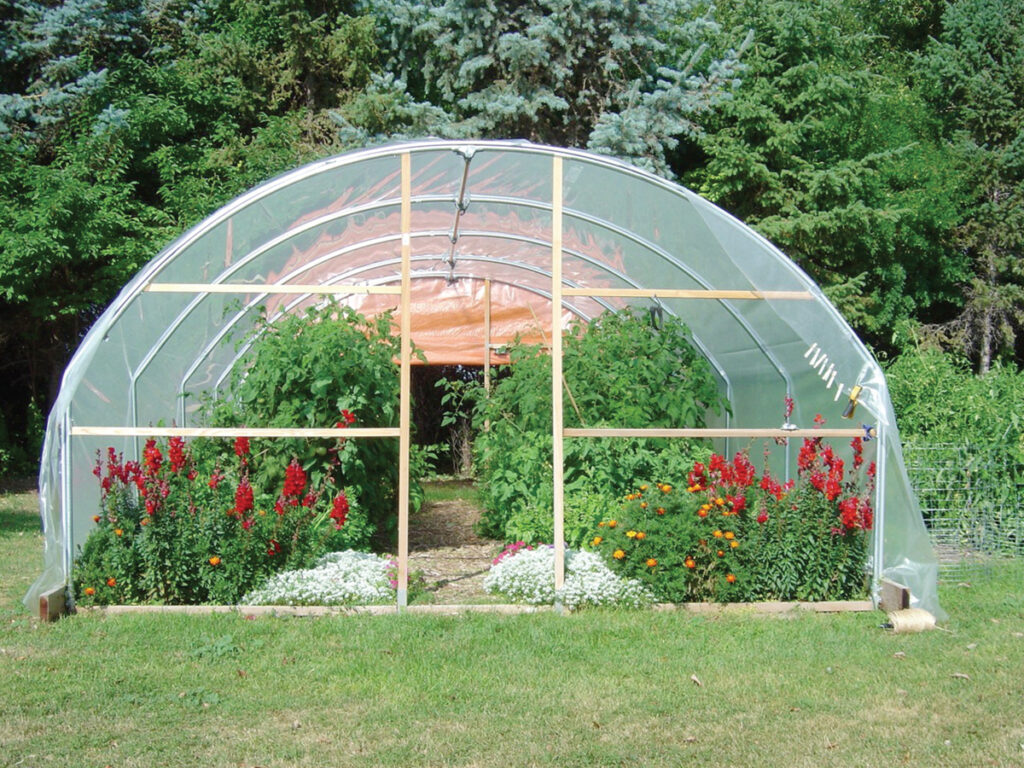
As a way to improve insulation and help the structure retain heat, growers can also dig their cold frame down into the soil. Improved insulation creates a better environment to sow seeds in lower temperatures, giving them a better chance to germinate and develop into young seedlings.
If possible, it’s important that growers also install their cold frame in a location with easy access, sufficient drainage and protection from the wind. This will make it simpler for them to monitor their cold frame, ensure water flows away from the structure and help promote a stable growing environment.
Once their structure is situated, operations can prepare a growing strategy for each season. Different crops thrive at varying times of year, so growers will want to plan accordingly.
Winter – There are a variety of crops that can be grown later in winter inside a cold frame. Growers can produce low-growing cool season crops and hearty plants, like winter lettuces, spinach, chard, arugula, onions and broccoli.
Spring – Once winter has wrapped up, operations can plant more salad greens or use this time to begin sprouting plants for summer. Growers should start sowing seeds for summer approximately five weeks before the last frost. This is a good time for operations to get a head start on crops like tomatoes and strawberries.
Fall – As the outdoor season concludes for many growers, a cold frame allows other operations to continue producing crops late into the fall. Larger vegetables, like carrots, leeks, radishes and beets, thrive at this time of year.
IMPROVING PRODUCTION AND MITIGATING COMMON OUTDOOR PROBLEMS
With an earlier start and a later finish to the growing season, operations will likely see an increase in profits and have an easier time gaining an edge over their competitors. Not only can they gain extra harvests, but crops grown inside a cold frame tend to be higher-quality and produce greater yields. These structures create more consistent temperatures, which is ideal for plants that grow best in predictable climates.
By achieving a more uniform growing environment, operations can continue production when others have stopped, allowing them to harvest out-of-season crops. These plants may receive a better price premium when they go to market, helping growers further increase their profitability.
Superior growing conditions is just one of the many benefits that cold frames offer. They also help reduce the risk of common outdoor threats, so growers don’t lose as many valuable crops during each grow cycle.
Weather Protection – High-quality cladding helps a cold frame deliver excellent weather protection. With a cold frame, growers can shield their crops from hail, wind, frost and excessive precipitation. While outdoor growers sometimes lose large quantities of crops to severe conditions, these structures provide peace of mind and ensure more crops survive.
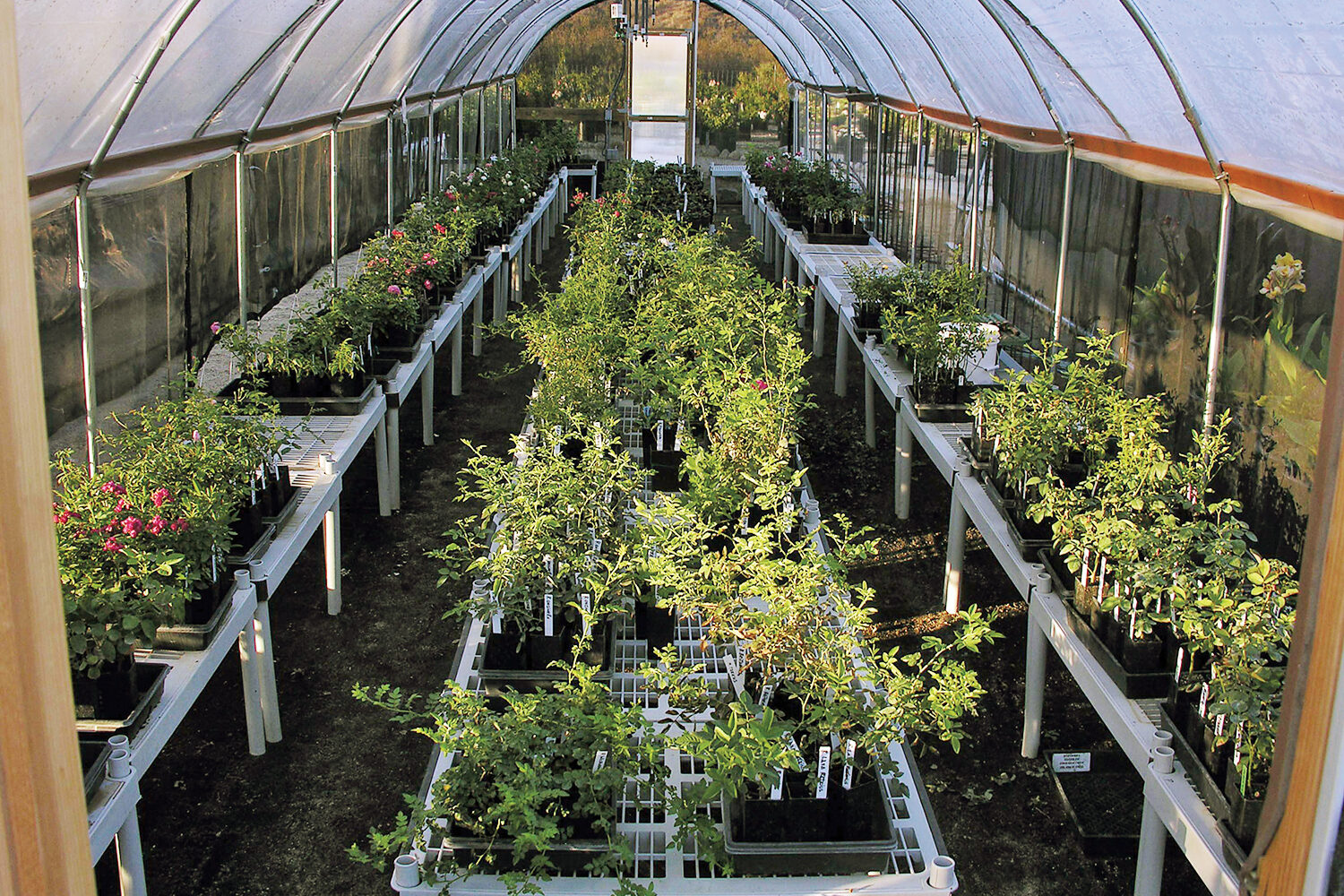
Pest Prevention – Since cold frames create a covered, more confined space, pests are usually less apparent. It’s more difficult for pests to get into a cold frame, and the ones that do are far easier to eradicate than with crops that are fully exposed to the outdoors. Less pests inside of a cold frame also translates to a reduction in pesticide use, further improving crop quality and benefitting the surrounding environment.
Avoiding Disease – Disease becomes more likely to proliferate when crops are exposed to excessive moisture, but a cold frame largely eliminates moisture problems. Thanks to the protection the structure offers with its cladding, the likelihood of disease developing is reduced considerably.
COLD FRAME STYLES
GrowSpan offers a cold frame collection that provides every grower with the perfect structure to extend the growing season. With various designs, covers and frame sizes, operations in any location can increase their harvests and boost profitability.
To discover the benefits of a cold frame for your outdoor operation, call or REQUEST A QUOTE today.
Related Articles
Top TEn High Tunnel Benefits
High tunnels are generally overlooked structures; however, there are a number of high tunnel benefits that can help give any business a boost.
Beginning Urban Farming
Beginning a garden is exciting, but growing in or near a city presents a number of obstacles that gardeners haven’t traditionally faced.
Fall And WInter Crop Planning: What Can You Grow In A Greenhouse In WInter?
Adding a greenhouse crop plan to a growing operation can help relieve the stress of an early spring start up, but different crops have different needs inside of a greenhouse, so the first step is deciding what you are looking to produce during the winter.
INTEGRATED PEST MANAGEMENT AND HOW Our FARMS CAN BENEFIT FROM ITS APPLICATION?
Integrated pest management is a very intuitive and biological solution to crop loss and pesticide withdrawal legislation.
The Guide To High Tunnel Production: Using A High Tunnel Hoop House ANd High Tunnel Grant To Improve Outdoor Cultivation
A high tunnel hoop house offers a cost-effective solution that can significantly improve an operation’s efficiency, while providing a number of other benefits along the way.
How To Best Optimize Greenhouse Price
To optimize greenhouse price, it’s important for growers to work with reputable industry experts who can design their ideal greenhouse.
